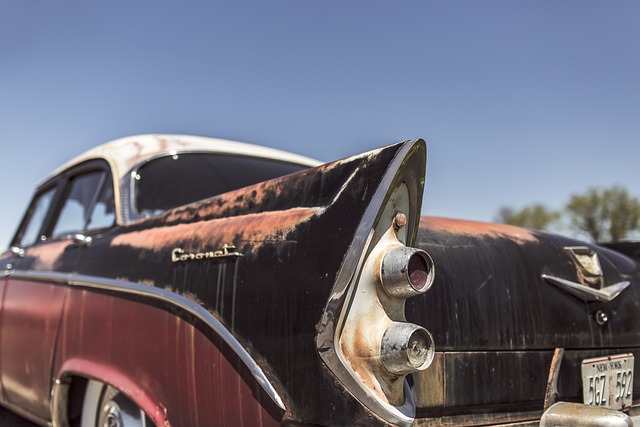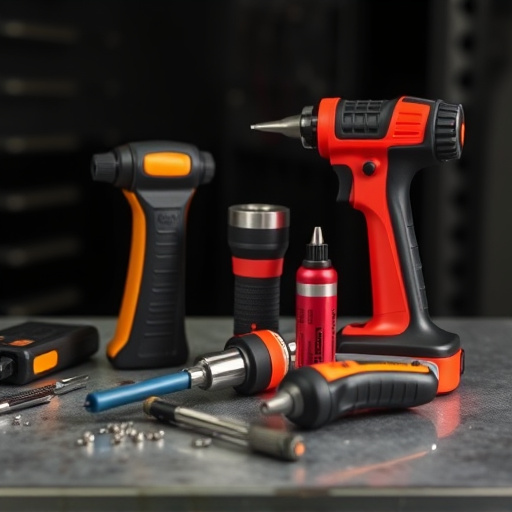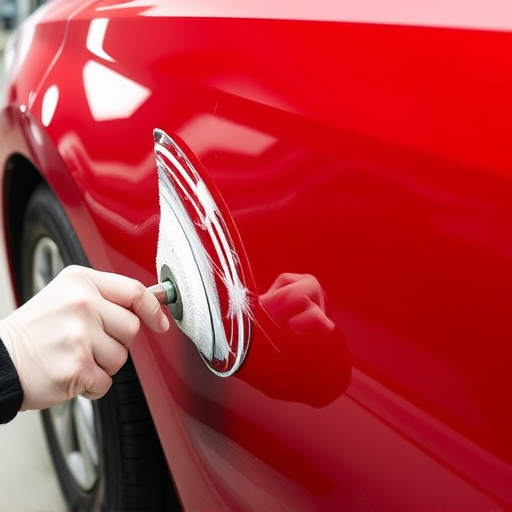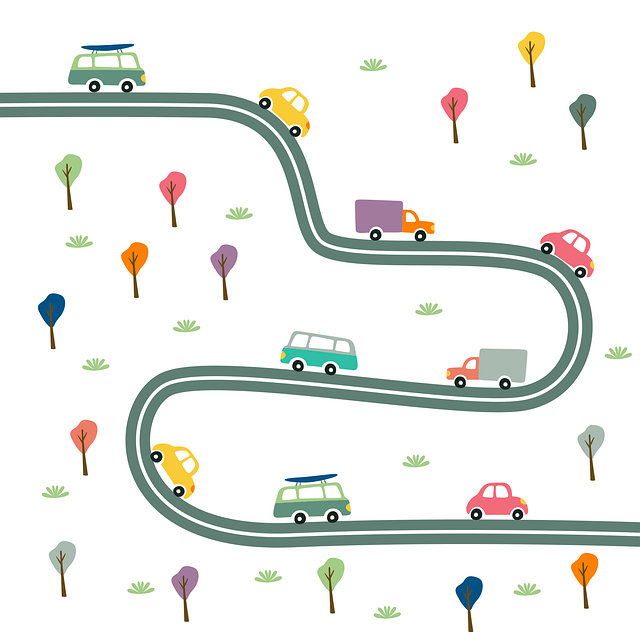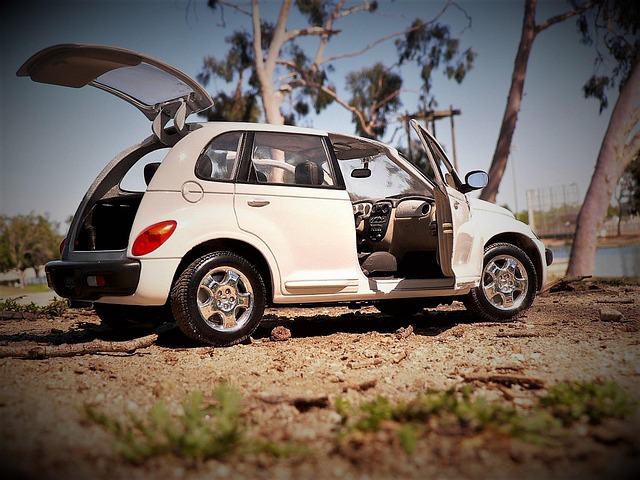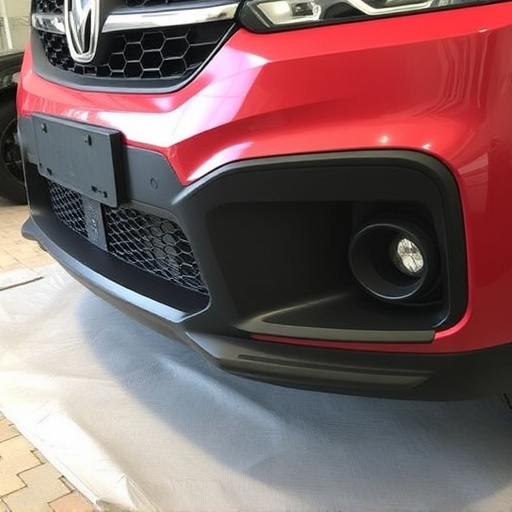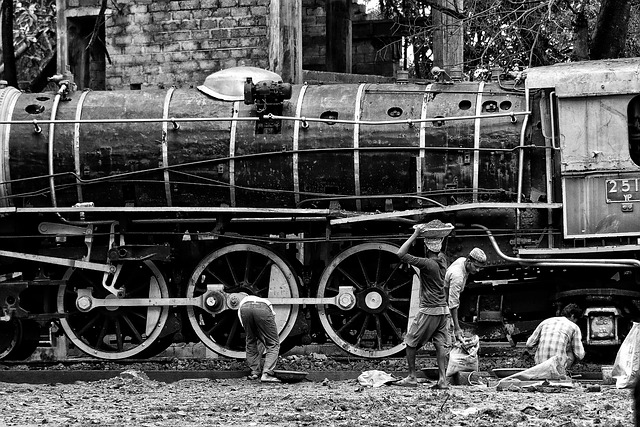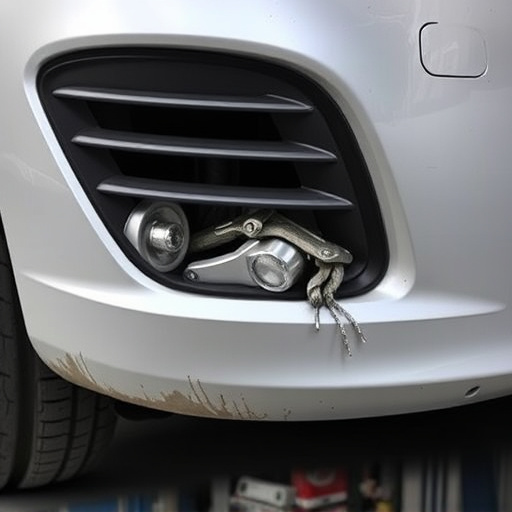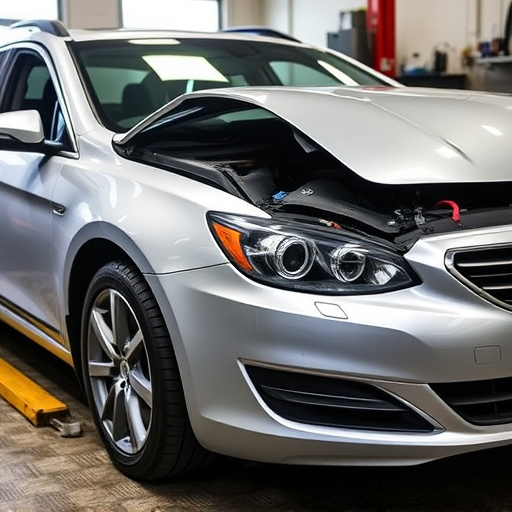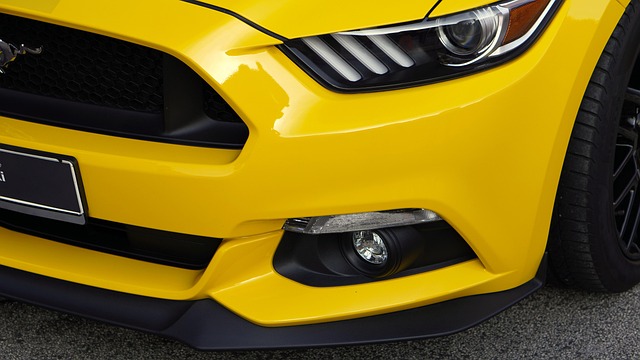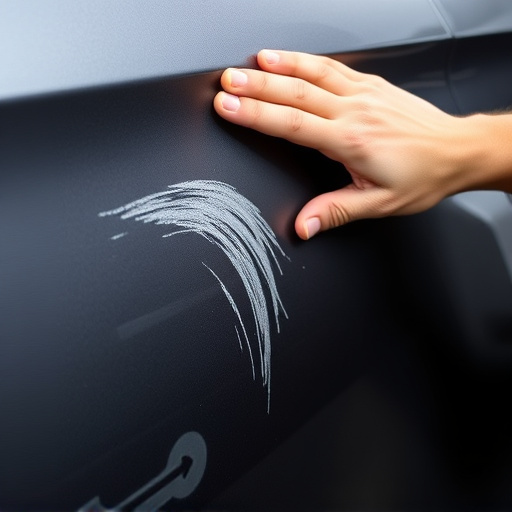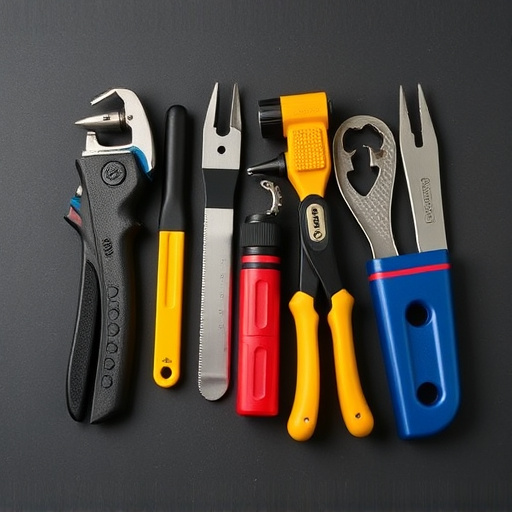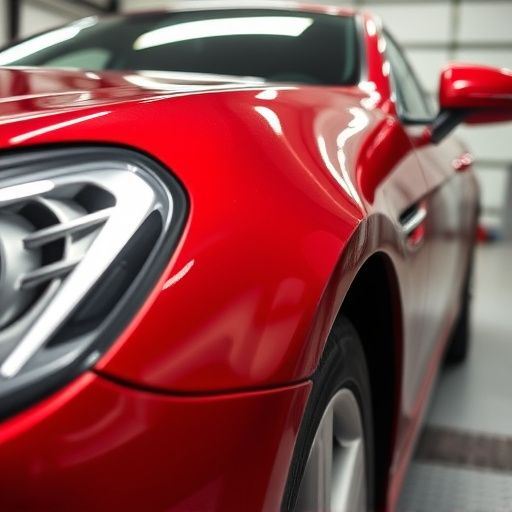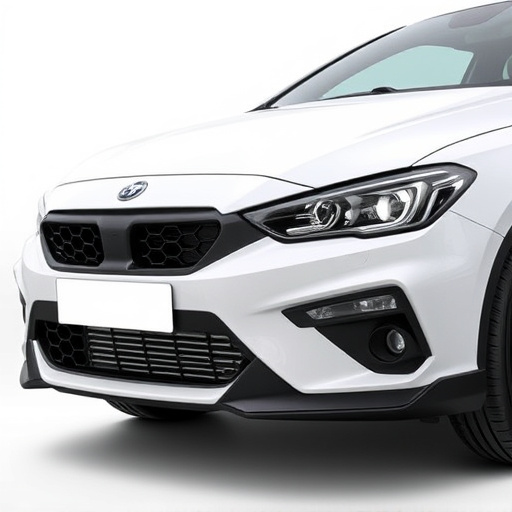Common RV body damage, including exterior dents, rust, and cracks, requires professional repair to maintain aesthetics and structural integrity. Essential tools for efficient repairs include standard and specialized RV tools. Meticulous assessment and advanced techniques, such as dent removal and paint repair, restore both cosmetic and significant structural issues, ensuring the RV's exterior is vibrant and ready for travel.
Uncover the essentials of RV body repair and restoration with this comprehensive guide. From identifying common damage like dents, scratches, and rust to mastering basic tools and techniques, we demystify the process. Learn how to tackle minor repairs yourself, saving time and money, or gain insights for professional restoration projects. Whether you’re a seasoned RVer or just starting, understanding RV body repair is key to keeping your home on wheels in top shape.
- Identifying Common RV Body Damage
- Essential Tools for Basic Repairs
- Techniques for Effective RV Restoration
Identifying Common RV Body Damage

Identifying Common RV Body Damage
RV owners often face unique challenges when it comes to vehicle maintenance and repairs due to the specialized nature of their vehicles. Understanding common types of RV body damage is a crucial first step in effective RV body repair. One of the most frequent issues encountered involves dents, dings, and scratches on the exterior surface, which can be caused by accidental collisions with other vehicles, trees, or road debris while camping or during travel. These types of damages often require skilled techniques such as painting and panel replacement to restore the RV’s aesthetic appeal and protect its structural integrity.
Another prevalent problem is rust, especially in areas prone to moisture or salt buildup, like wheel wells and lower body panels. RV owners should regularly inspect their vehicles for signs of corrosion, addressing them promptly with professional car damage repair services. Additionally, cracks in the fibreglass or plastic components, common in older RV models, require specialized knowledge and tools for effective repairs that match the original materials’ properties.
Essential Tools for Basic Repairs

When it comes to RV body repair, having the right tools is essential for ensuring quality work and efficiency. For basic repairs, a well-equipped toolkit should include a variety of items such as wrenches, screwdrivers, hammers, and pliers. These tools are necessary for disassembling and reassembling components, tightening or loosening screws and bolts, and making adjustments to the vehicle’s bodywork.
Additionally, specific tools designed for RV body repair are beneficial. This includes a dent puller for removing dents and dings from the exterior, as well as a putty knife for filling and smoothing out any holes or cracks. A paint gun and appropriate paints specifically formulated for RVs are crucial for touch-up work and ensuring a professional finish. For minor scratches and swirls, a polishing compound and buffer can restore the vehicle’s bodywork to its original condition, enhancing its overall appearance and value.
Techniques for Effective RV Restoration
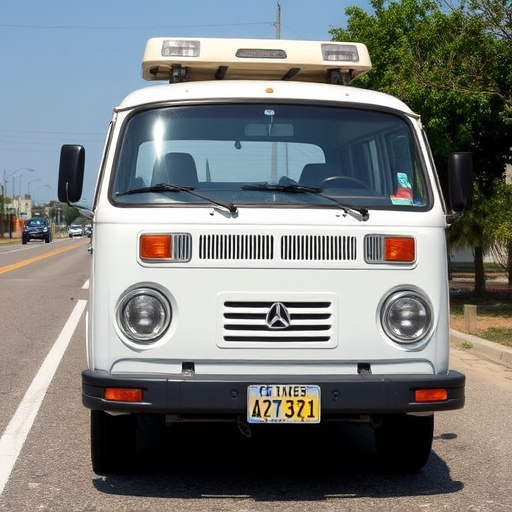
Restoring a Recreational Vehicle (RV) to its former glory involves several techniques designed to match the original quality and aesthetics. For RV body repair, professionals often begin with assessing the extent of damage, which can range from small dents and scratches to major structural issues like hail damage or collisions. Advanced tools such as dent removal equipment are employed for minor cosmetic repairs, ensuring a seamless finish.
Effective restoration also encompasses vehicle paint repair, where skilled technicians use specialized techniques to touch up chips, cracks, and fading. This process involves precise preparation, application of matching paints, and careful curing to maintain the RV’s vibrant exterior. By combining these methods—including hail damage repair for more severe cases—the final result is a restored RV that looks as good as new, ready to hit the open road once again.
Understanding the fundamentals of RV body repair is essential for any owner looking to maintain their vehicle’s integrity and value. By identifying common damage, acquiring the right tools, and mastering restoration techniques, you can efficiently address minor issues and extend the lifespan of your RV. Equipped with this knowledge, you’ll be better prepared to navigate the road ahead, ensuring a smooth and enjoyable journey for years to come.
